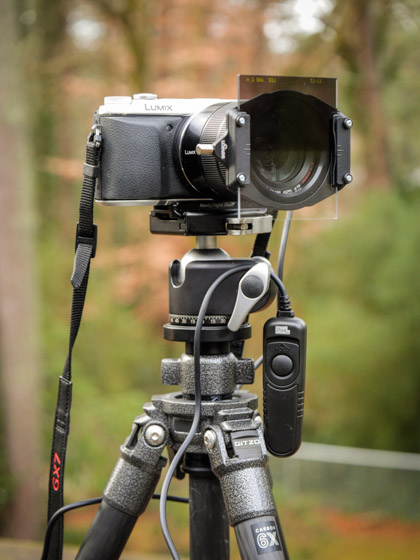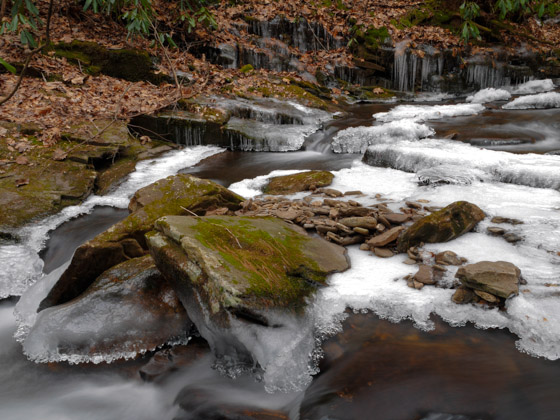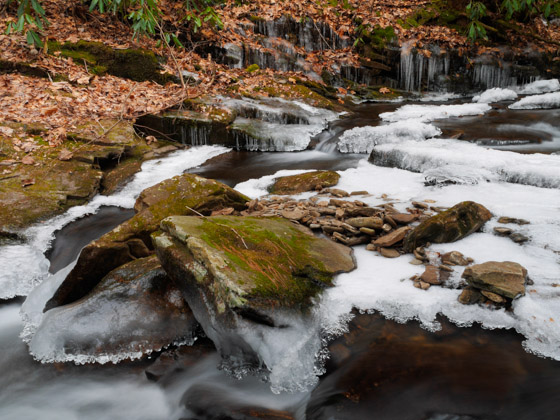I’ve had a lot of conversations over the last few years about optical filters. In this age of Photoshop, HDR, tone-mapping and so on, the question is always, “do we really NEED optical filters anymore”. When the filters are as high quality and easy to use as the Lee Seven5 filters, I’d say yes.
 For those of you who are unfamiliar with optical filters, they are made of glass or “optical resin” and they attach to the front of your lens. Some are round and screw into the front of the lens. Common screw-in filters include UV protective filters and circular polarizers. The filters that we don’t see much anymore are square or rectangular filters that are held in place by a bracket attached to the lens.
For those of you who are unfamiliar with optical filters, they are made of glass or “optical resin” and they attach to the front of your lens. Some are round and screw into the front of the lens. Common screw-in filters include UV protective filters and circular polarizers. The filters that we don’t see much anymore are square or rectangular filters that are held in place by a bracket attached to the lens.
The Seven5 system is kind of a combination of the two. The main filter holder clips onto an adapter ring that threads onto your lens. There are two slots so you can use two square filters at once. That is not exactly ground-breaking, but the Seven5 filters are designed to use with smaller lenses and they are not too bulky on the smaller LUMIX Micro 4/3 lenses. The clip that holds the filter holder onto the adapter is a spring-loaded metal clip. It works very well and it is much quicker and easier to use than the old Cokin filter holders.
The really cool part of the system is the four lugs on the fron of the filter holder. The Seven5 circular polarizer attaches to these lugs with about a 1/4″ twist. You can adjust the polarizer while it is attached, and you can still use up to two filters in the slots. There is also a lens shade that attaches via the four lugs, and you can use the polarizer with the shade attached!
I wanted to show you WHY you might use a setup like this. I like to get as much of my photography done in the camera as I can. I don’t mean collect the correct amount of data with the camera so I can finish it in Photoshop, I mean make a finished jpeg in the camera as often as possible. The LUMIX cameras I use (LUMIX GX7 and GH3) have lots of options for preprocessing images in the camera. The GX7 has excellent adjustments within each photo style, along with the highlight/shadow curve, i.Dynamic, i.Resolution and more. With the EVF and LCD I can see exactly what I’m going to get when I release the shutter, so I can make a lot of the edition decisions before I shoot.

I used a 1-stop graduated ND filter to control the exposure for the white areas of snow and ice in the foreground. LUMIX GX7 and LUMIX 12-35mm f2.8 lens. Gitzo tripod
That’s where the Lee Seven5 filters come in. First of all, there is no digital substitute for a circular polarizer. If you only have one filter, that is the one to get. I used the Lee Seven5 circular polarizer to cut the glare on the water so I couls see the warm color of the rocks. You might think of gradient ND filter as holding back the exposure in a bright sky, but in this case it was just the opposite. I used a hard-edge 0.3 gradient ND filter to cut the exposure on the snow in the foreground by 1 stop. By turning the filter holder and sliding the ND filter to just the right spot I was able to control the dynamic range of the scene in the camera.
There is another reason you might be seeing more about optical filters these days… video. When you’re shooting video with your mirrorless or DSLR camera you are essentially capturing a stream of jpeg’s. There is not much room to save highlights and shadows, even with high quality video capture like the GH3 and GX7. Using optical filters to control contrast and dynamic range for your video can save you a lot of headache down the road. If you are presenting stills and video together in hybrid photography eScapes or eProducts, it is SO much easier if your stills and video match right out of the camera.

This shot without the ND filter has blown highlights in the snow and ice in the foreground. LUMIX GX7 and LUMIX 12-35mmf2.8 lens. Gitzo tripod
I would definitely recommend the Lee Seven5 filter system. I have used other brands of filter holders in the past, but I haven’t seen anything built as well as these. The colors seem very true through the filters and the circular polarizer works great. It is not a cheap piece of kit, but based on my experience you get what you pay for.
‘‘
‘


Hi Rob, Do you know if the 7/5 system is ok fir the lumix 12-60 zoom. Thanks Tom
I haven’t tried it, but I believe it should work fine